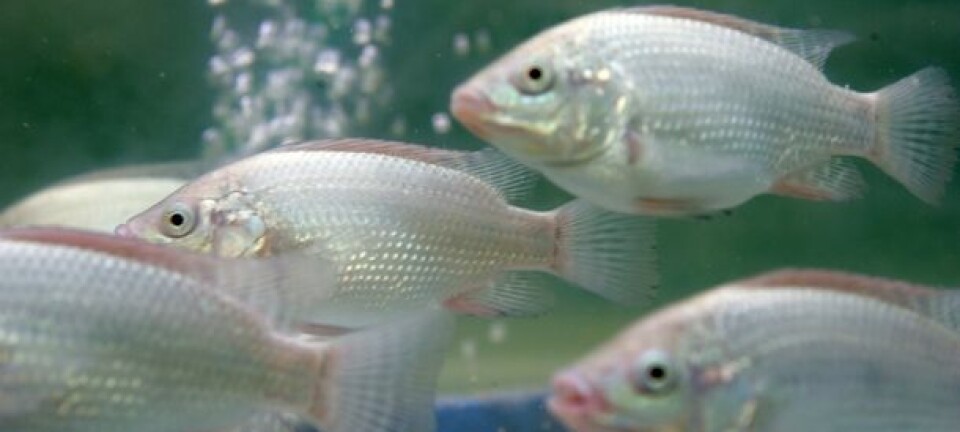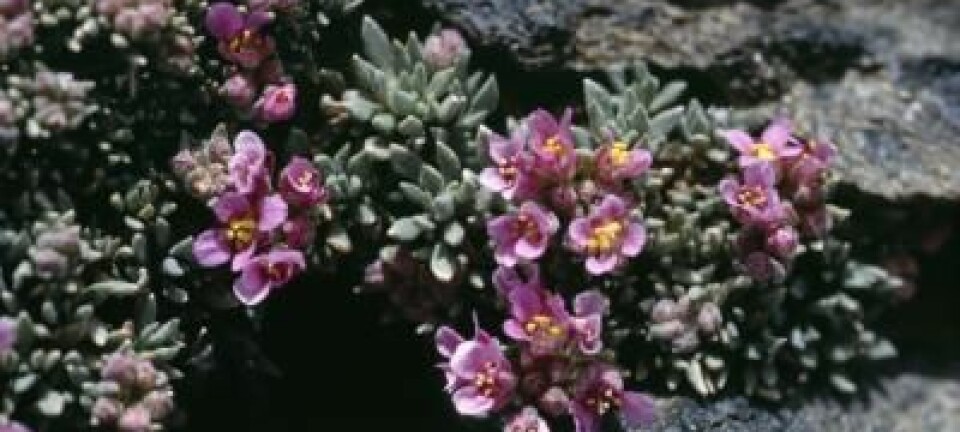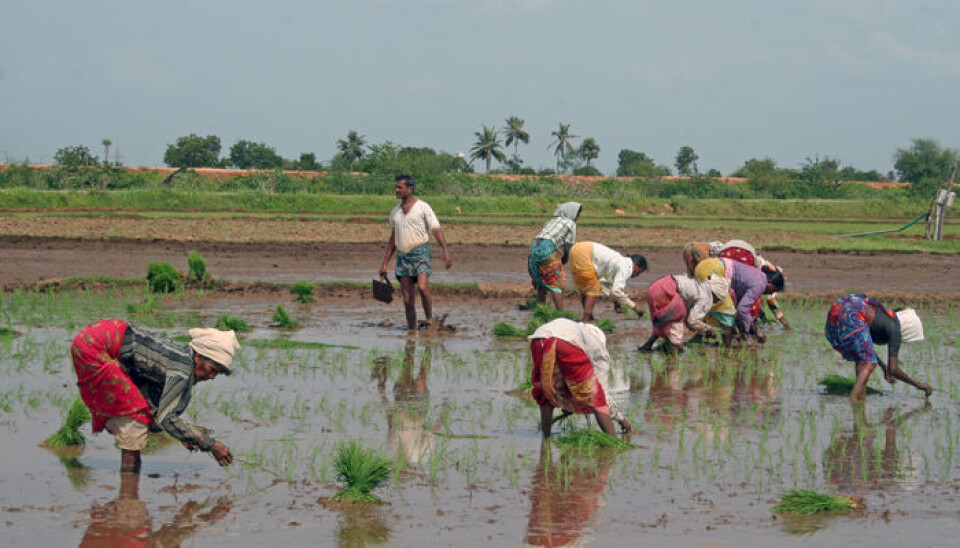
Norway and India collaborate for versatile farming
Millions of peasants in India need new techniques to ensure crop security. A collaboration between India and Norway targets agriculture that is better adapted to climate changes.
Denne artikkelen er over ti år gammel og kan inneholde utdatert informasjon.
This year the vital monsoon rains needed in the state of Andhra Pradesh in central India haven’t come. Thousands of peasant farmers will be without a rice crop this fall.
In an attempt to combat this problem, a Norwegian-Indian research project aims to develop a more robust form of agriculture to tackle climate changes.
“If countries like China and India aren’t self-sufficient in food production, it will upset global balances. This also affects our own food supply security,” says Norwegian Minister of Agriculture Trygve Slagsvold Vedum.
Last week, Vedum participated in the official opening of the Norwegian-Indian project ClimaAdapt. It was staged in the populous capital of Andhra Prades, Hyderabad, which spearheads India’s IT industry.
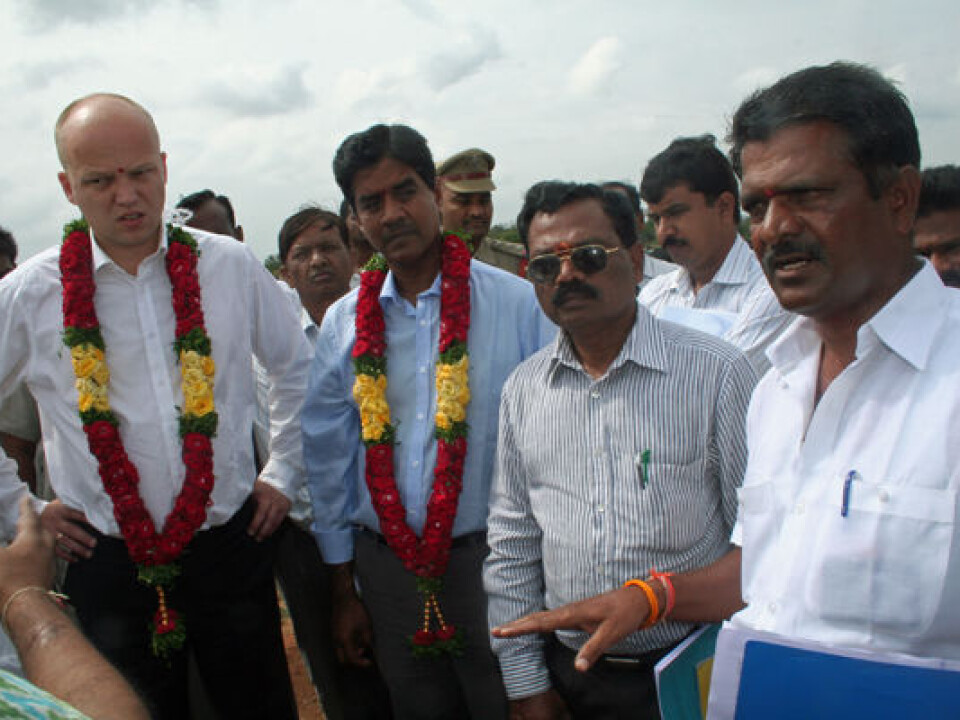
Farmers rely on the monsoon season
Andhra Pradesh is one of many areas in the world where agriculture can suffer big setbacks from climate changes. The annual monsoon season is vital for millions of small farmers.
In addition to Andhra Pradesh, the project includes activities in the neighbouring state Tamil Nadu. The two states have a combined population of 160 million. Most of them are peasant farmers and they produce much of India’s rice.
The ClimaAdapt project is financed with a €4.2 million grant from the Norwegian Embassy in Delhi.
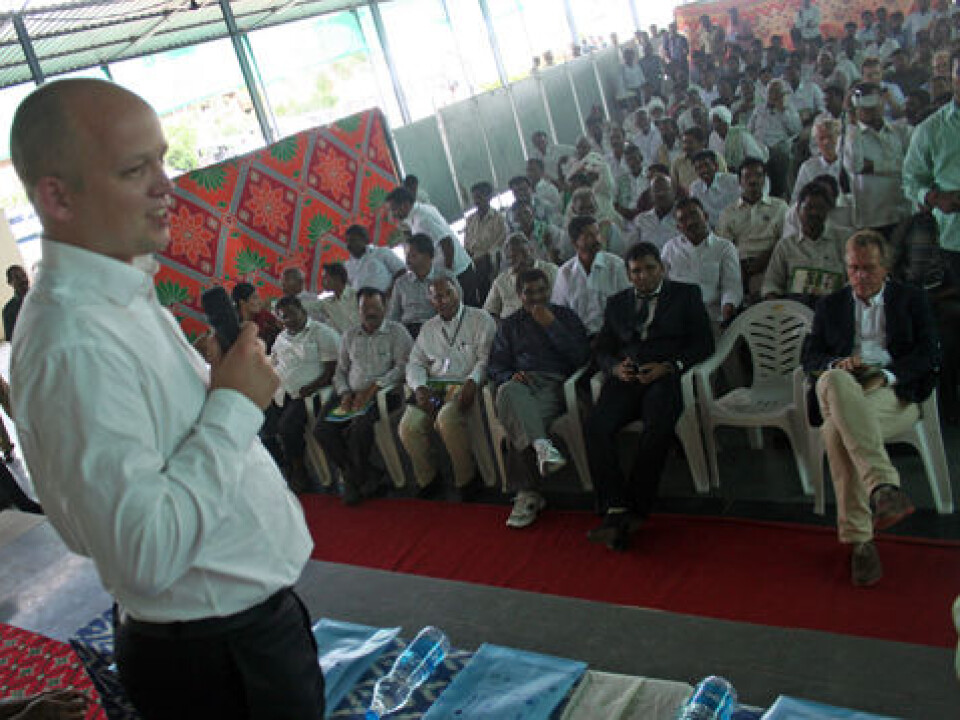
Norwegian research institute Bioforsk plays a key role in the project in cooperation with Indian experts and government officials.
Simple and flexible
New techniques should enable farmers to harvest good crops even in years with abnormal precipitation patterns.
“The solutions should be simple rather than high-tech,” says Udaya Sekhar Nagothu, a researcher and international coordinator at Bioforsk.
The goal is to link research, farmers and governmental advisors as efficiently as possible. This autumn, villages volunteering to experiment with new ideas and methods will be recruited.
In addition to bolstering the competence of farmers, agricultural administrators need to be coached so they can spread the word about project innovations.
Nagothu stresses that peasants and government must be seen as integrated. The work isn’t starting out on virgin soil, literally. Bioforsk has also spent several years researching a more versatile form of agriculture in India to cope with a changing climate.
Drought
“This is applied research, which is one of Bioforsk’s strong points,” says the minister of agriculture.
During his visit to Andhra Pradesh, he met with local peasants who stressed the agricultural importance of access to water in the fertile region.
In good years the peasants can harvest two crops of rice. But this year many farmers had to give up on the first crop due to a lack of rain.
Lots of wells have been drilled but they cannot replace the large irrigation systems that India has developed over the years since the country freed itself from British rule.
Dry canals
Monsoon rains haven’t come on schedule this year. Reservoirs are depleted and canals that should be flowing like arteries through the landscape are dry.
Livestock graze where rice paddies should be. Farmers can hope for a rice crop this winter but there will certainly be shortages.
Conditions like this, with an instable annual monsoon, could become more frequent because of man-made climate changes.
The Norwegian-Indian project will test various methods to help farmers make due with less water than they are used to.
New techniques
Among the new techniques is a way of growing rice which requires less water than traditional methods.
Usually, seedlings are first cultivated and these are planted in flooded fields. This requires a lot of water in the initial phase.
The alternative method is to sow seeds directly in the soil and let the plants grow without being replanted.
This has been tried out in several projects in India involving Norwegian participation. Last year’s results from small-scale tests showed that water usage could be reduced considerably while giving better yields to farmers.
Overhead is lowered in part because labour costs are saved. The hope is that new techniques like this will spread quickly when it’s seen that the town achieves good results.
Water advisory
Several states in India have a special way of organising peasants, which makes it easier to spread information.
Farmers who get water from irrigation canal systems are organised in water consumers’ co-ops or associations. These cover all levels from small hamlets to districts and regions.
Farmers elect their own representatives who see to the interests of their towns and districts.
Such water councils will be actively used in ClimaAdapt.
More effective
The Indian partner in Andhra Pradesh is the official agency WALAMTARI, which works with water management and counselling of farmers.
“The goal of the project is a more efficient management of water resources, increased production and countermeasures to deal with the effects of climate changes,” says Kota Tirupataiah, director of WALAMTARI.
He adds that the cooperation is intended to be long-term.
If the partners succeed, new agricultural methods will be implemented on a gigantic scale.
-------------------------------------
Read the Norwegian version of this article at forskning.no
Translated by: Glenn Ostling








